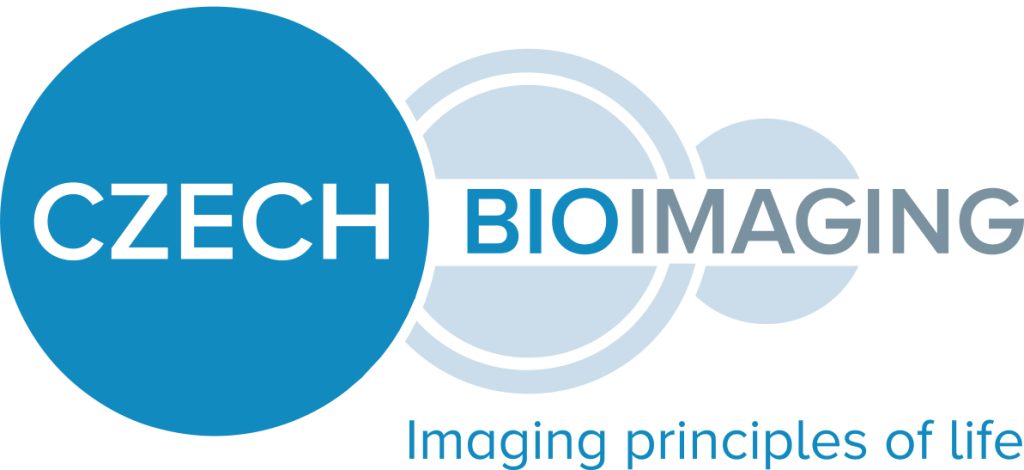Focal cortical dysplasia (FCD) is a malformation of cortical development and a leading cause of pharmacoresistant epilepsy, particularly in children and young adults. Histopathologically, FCD is characterized by increased cellularity, disrupted cortical layering, and altered myelination—features that are often subtle and difficult to detect using conventional structural MRI. This leads to so-called “MRI-negative” or non-lesional epilepsy, which significantly complicates diagnosis and surgical planning, ultimately impacting patient quality of life.
In this lecture, prof. Otáhal will explain the principles and applications of advanced diffusion MRI techniques utilizing multi-shell, multi-directional acquisitions and multi-compartment modeling of non-Gaussian diffusion. These methods provide deeper insights into tissue microstructure beyond what is possible with standard diffusion metrics. However, individual diffusion metrics alone often lack the specificity and sensitivity needed to detect non-lesional FCD. I will present evidence that combining multiple diffusion features through machine learning models substantially improves detection rates, highlighting the potential of AI-enhanced diffusion imaging for clinical translation in epilepsy diagnostics.









